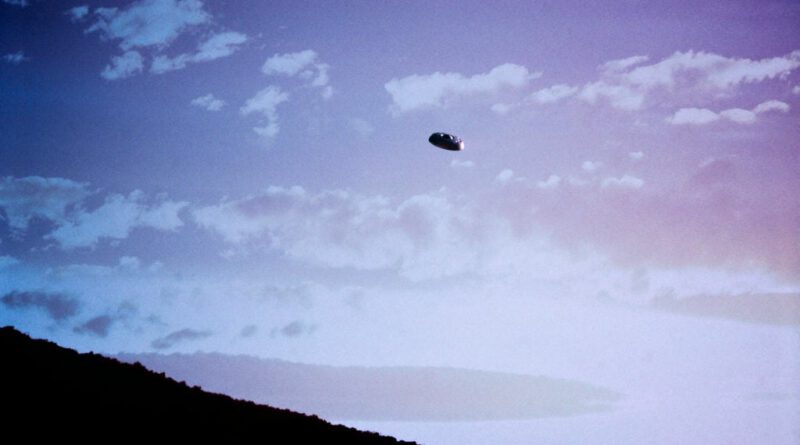NASA’s finally talking about UFOs with Americans. Here’s what they said.
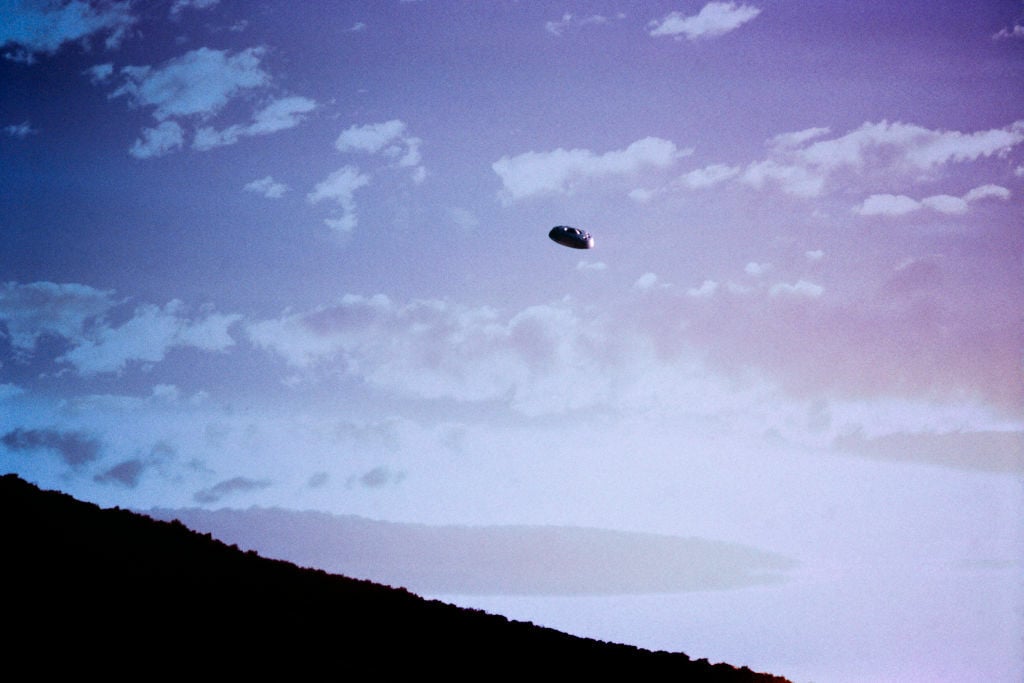
After decades of shrugging off UFO sightings, NASA has shifted from chief debunker of extraterrestrials to taking its first steps to formally investigate these mysteries of the sky.
The U.S. space agency held a public meeting of the unidentified anomalous phenomena study team, an independent panel of 16 experts charged with addressing the many unexplained reports of glowing orbs, darting dashes and dots, and bloops that seem to transmute into more bloops. Scott Kelly, a former astronaut who spent about a year in space, is among the members.
Members of the team emphasized that they have no convincing evidence that anything weird reported from the sky is actually aliens. NASA chose to broadcast the meeting Wednesday, May 31, 2023, as a show of transparency — an effort to combat long-held beliefs that the government is hiding “the truth” about space visitors.
“Science is built on evidence. It thrives on scrutiny, it demands reproducibility, and above all, objectivity,” said Dan Evans, NASA assistant deputy associate administrator for science research. “From a scientific perspective, we do not come in with an agenda. We come in needing a roadmap.”
But in case you didn’t have four hours to spare in the middle of a workweek for the meeting, Mashable has distilled the key takeaways.
What are UAP, and why isn’t NASA calling them UFOs?
Most Americans know these strange sightings in the sky as UFOs, short for unidentified flying objects, defined as things that can’t be immediately explained as a natural occurrence or an aircraft. But the study team is using a new acronym: UAP.
Members of the panel said the Pentagon likely adopted “UAP” to put distance between the topic and the stigma that comes with UFOs, often stereotyped as delusions of alien encounters. Old Hollywood ran with the idea and put flying saucers in a plethora of sci-fi films.
The acronym UAP used to stand for unidentified aerial phenomena, but the National Defense Authorization Act, signed into federal law in December, changed the A to represent “anomalous.” The purpose was to also capture strange sightings on the ground and under water. But, given that the majority of UAP reported to date have been in the air, the NASA panel will focus on airspace.
Why is it hard for NASA to study UAP?
The study team members emphasized that their biggest challenge to studying UAP is the stigma. Anecdotally, some said commercial pilots are reluctant to report strange sightings to authorities: Less reporting leads to sparse data.
Moving forward with NASA’s involvement has its problems, said David Spergel, an astrophysicist and chairman of the study team, describing two staunch camps: one convinced weird stuff happens in the sky that defies physics and technology all the time, and another convinced that everything is explainable and there’s no value in looking into it.
“You have a community out there that says the haystack is filled with gold, and another community saying it’s nuts to look in a haystack for anything interesting — there’s nothing there,” Spergel said after the meeting to reporters.
Continuing with the needle-in-a-haystack metaphor, Spergel said the first scientific step is to learn and characterize the properties of the haystack, something he believes is lacking when it comes to strange aerial phenomena.
“If you understand it well and how you measure it, and observe it well, you can find things,” he said.
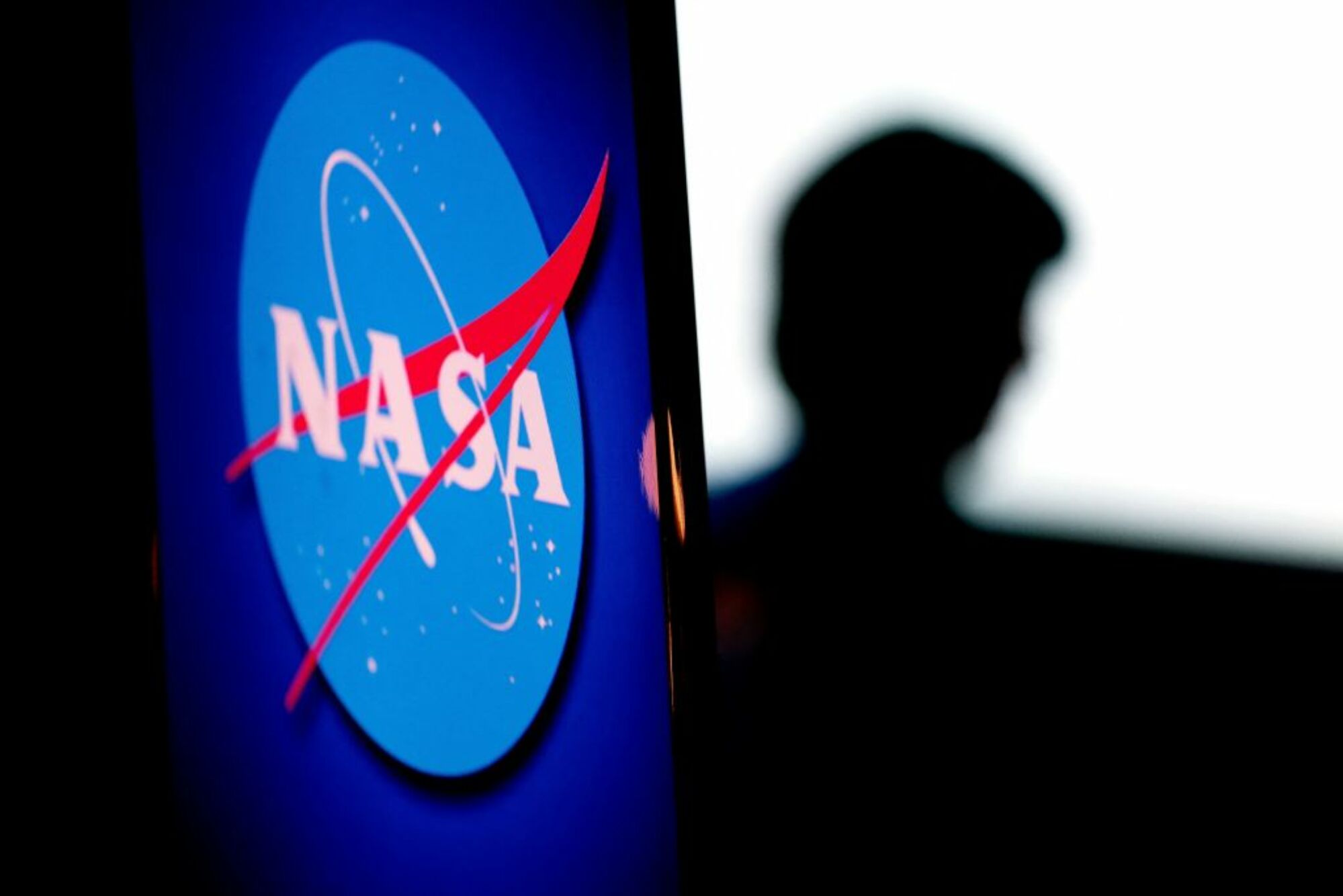
How many UFO sightings has NASA reviewed?
More than 800 reports have been collected over 27 years, with about two to five percent truly found unidentifiable, said Sean Kirkpatrick, head of the Pentagon’s parallel All-domain Anomaly Resolution Office. The majority have turned out to be mundane objects, like balloons, drones, and weather. But this is somewhat of a trick question because it’s not the NASA study team’s job to investigate the reports.
Want more science and tech news delivered straight to your inbox? Sign up for Mashable’s Light Speed newsletter today.
Many UAP cases can’t be explained, the members said, not necessarily because experts are confronted with something unknown, but because the images, videos, and data are such poor quality, there isn’t enough information to form conclusions. The team’s purview is to make recommendations to NASA on how, with a scientific approach, it can contribute to the understanding of UAP reports in the future. This, they believe, is an important objective for determining if any UAP pose air safety risks.
“The primary objective of this incredible team of experts is not to go back and look at grainy footage of UAPs but rather to give us a roadmap to guide us for future analysis,” Evans said.
NASA’s work will focus on unclassified material and coordinate with the Pentagon’s simultaneous investigation.
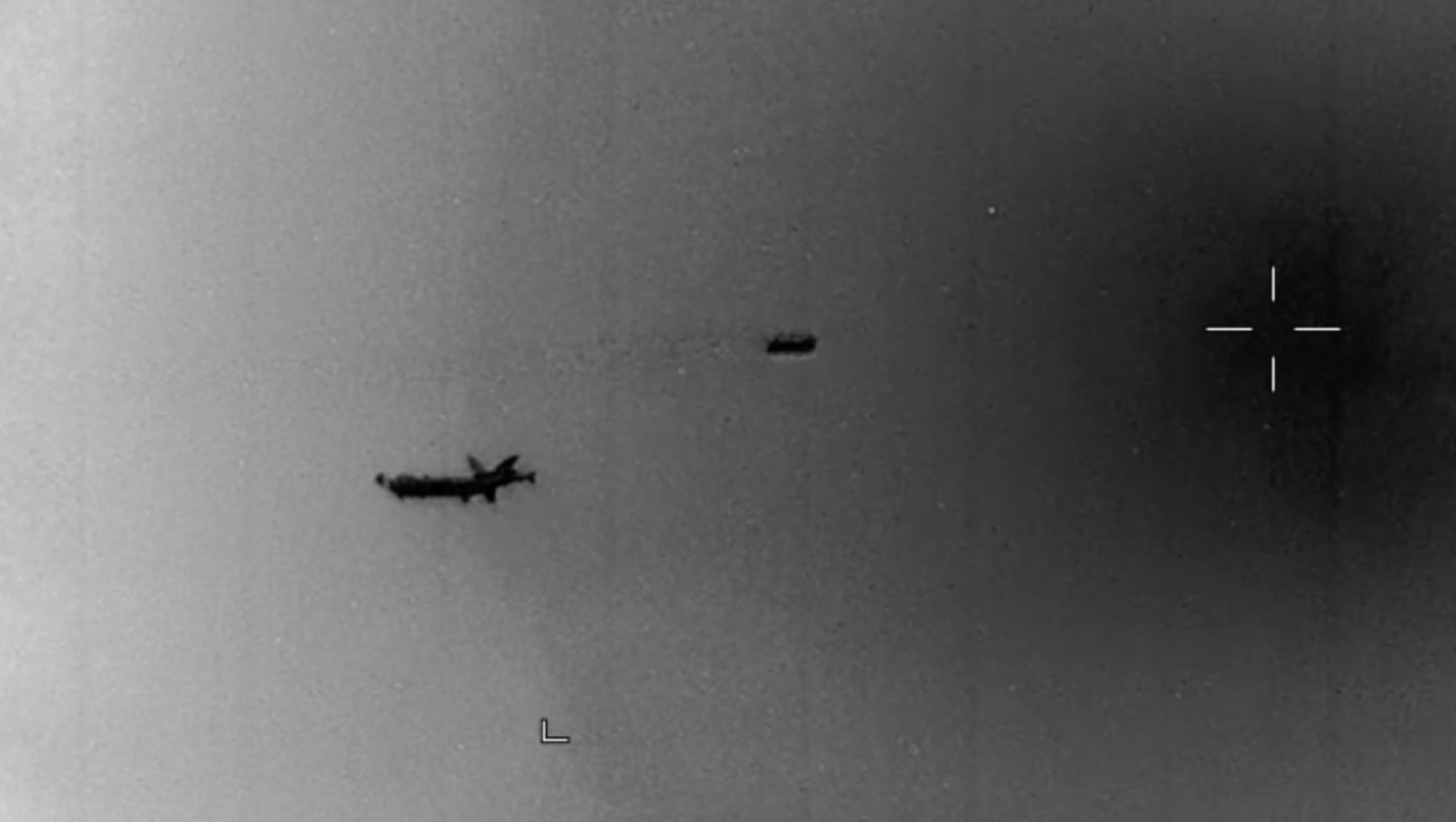
Why does NASA say it doesn’t have good UAP data?
Cameras are often designed to take pictures in the daytime and aren’t optimized for nighttime imaging. Telescopes designed to work at night can also pick up light reflections that cause optical illusions and weird artifacts.
Despite the fact that many UAP sightings were collected from military sensors, their technology doesn’t match those used by scientists and national intelligence, according to members of the study team.
The panel offered these as just a few examples of how the equipment collecting the data can be difficult to analyze.
“DoD sensors have one purpose,” said Kirkpatrick. “They are to identify an object that is known and put a weapon on it.”
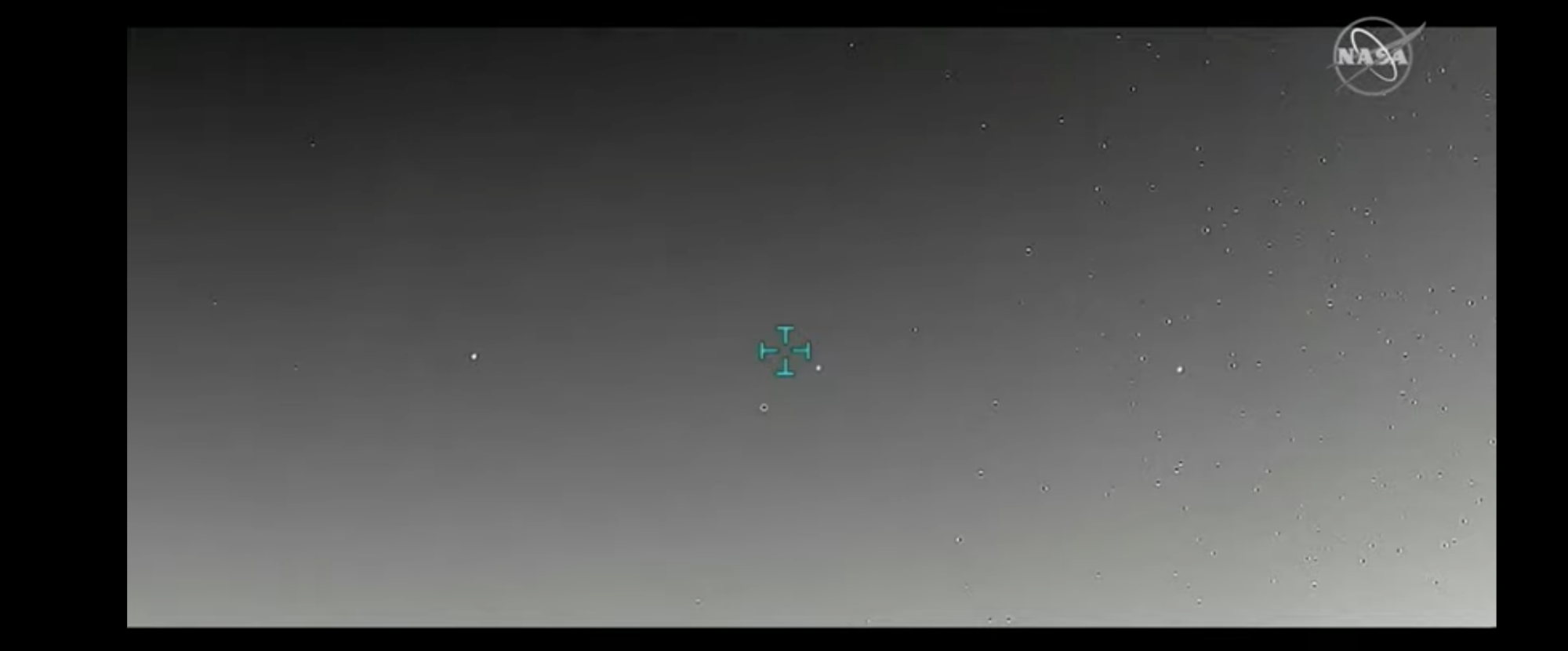
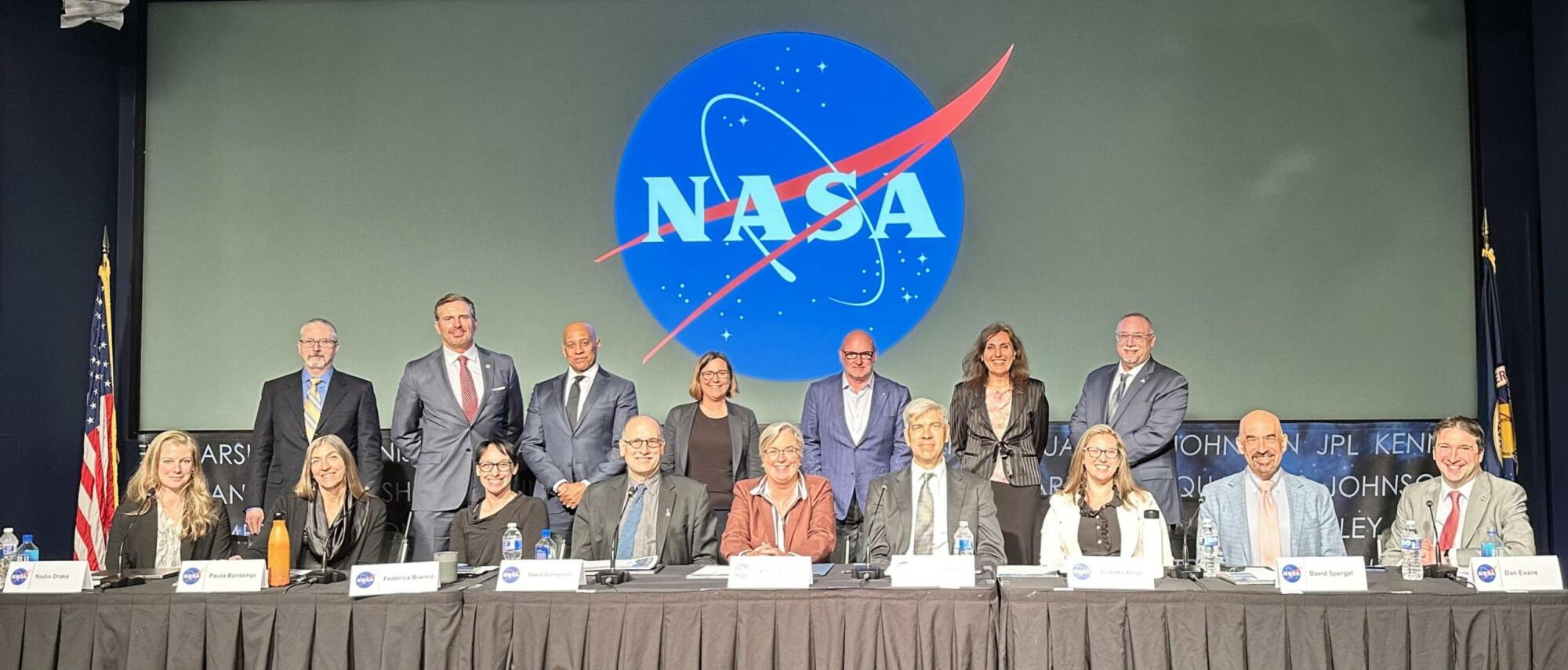
What will the UAP study team recommend to NASA?
A final report is expected later this summer, but members of the panel hinted at some of their ideas. First, the team has acknowledged that none of the challenges in studying UAP can be resolved in its short nine-month lifespan. The members will likely urge NASA to establish a permanent office.
“If you don’t institutionalize something at NASA, the fear is that it can go away far too quickly,” said Mike Gold, executive vice president at the aerospace manufacturer Redwire Space and a former NASA leader on the team.
They may also advise the development of a cell phone app that could pool data from many citizen scientists and upload them to a designated website. Phones don’t just take pictures but encode environmental information, such as GPS signals, timestamps, and even some gravity measurements. With multiple phones capturing data, scientists could infer the location and velocity of objects. Combined with radar and satellite data, it could be a powerful tool.
But they are not likely to recommend a dedicated satellite for UAP surveillance. One large enough to cover the entire planet wouldn’t offer high enough image resolution to be useful, Spergel said to reporters after the meeting.
